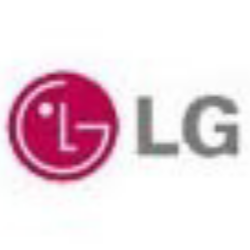
LPL
LG Display Co., Ltd.
$4.31
-0.03
(-0.58%)
| Exchange: | |
| Market Cap: | 4.305B |
| Shares Outstanding: | 579.568M |
About The Company
| Sector: | Technology | |||||
| Industry: | Consumer Electronics | |||||
| CEO: | Chul-Dong Jeong | |||||
| Full Time Employees: | 27352 | |||||
| Address: |
|
|||||
| Website: | https://www.lgdisplay.com |
LG Display Co., Ltd. engages in the design, manufacture, and sale of thin-film transistor liquid crystal display (TFT-LCD) and organic light emitting diode (OLED) technology-based display panels. Its TFT-LCD and OLED technology-based display panels are primarily used in televisions, notebook computers, desktop monitors, tablet computers, mobile devices, and automotive displays. The company also provides display panels for industrial and other applications, including entertainment systems, portable navigation devices, and medical diagnostic equipment. It operates in South Korea, China, rest of Asia, the United States, Poland, and other European countries. The company was formerly known as LG.Philips LCD Co., Ltd. and changed its name to LG Display Co., Ltd. in March 2008. LG Display Co., Ltd. was incorporated in 1985 and is headquartered in Seoul, South Korea.
Click to read more…
Revenue Segmentation
EPS
Earnings Call
Income Statement
(* All numbers are in thousands)
Balance Sheet
(* All numbers are in thousands)
Cash Flow Statement
(* All numbers are in thousands)
Analyst Estimates
(* All numbers are in thousands)







